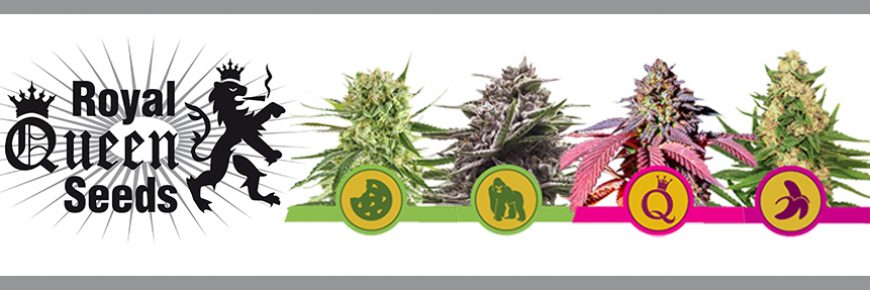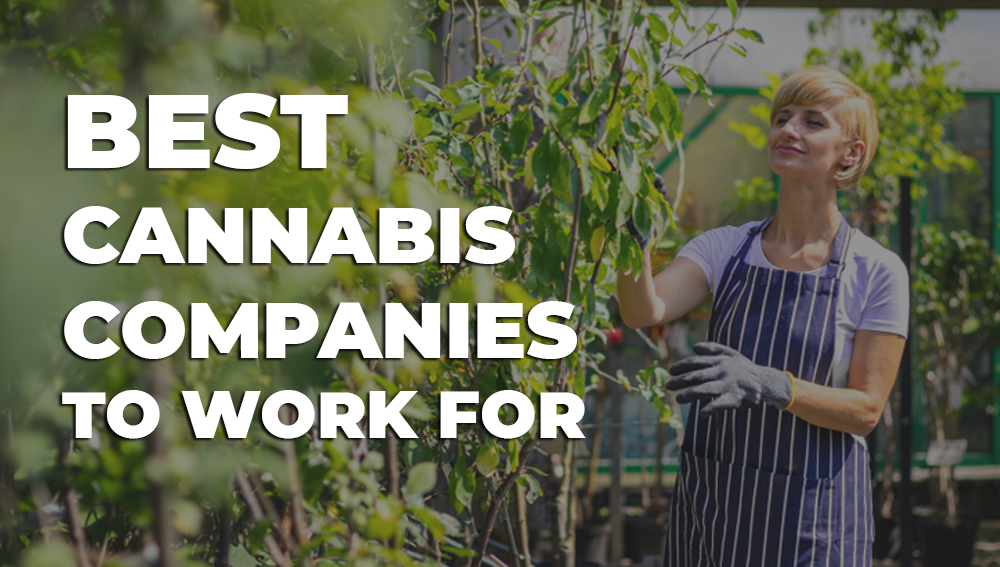
In the last decade, culinary cannabis has become mainstream and its applications are more sophisticated: it has been mixed into purees, sprinkled over carpaccio, infused into sous vide, etc. Aside from cannabis gastronomy, cannabis cooking is also evolving as a home cooking experience. There are a growing number of cannabis home cooks who, like me, have through trial and error developed a checklist of what to consider before embarking on cannabis cooking.
For example, should I use an indica or sativa variety for this recipe? What infusion method should I use? Why do I have to decarboxylate my cannabis before infusing it? What do terpenes in cannabis do? What should I take into account when dosing? Can I get intoxicated? How to remove THC from the blood?
Selection of cannabis strains for edibles
You will get the best enjoyment from cannabis infused recipes if you select the right strain as the main ingredient. The different strains of cannabis are usually divided into three main categories: indica, sativa, and hybrid.
Indica strains are often associated with relaxation, even sedation, and are popular with those suffering from chronic pain or extreme anxiety. On the other hand, sativa varieties are characterized by being uplifting, energetic and functional. Hybrid strains fall somewhere in the middle, as they are made up of the combined properties of indica and sativas (as well as the crossing of multiple indica or sativa strains). Hybrids are often sought after by those who want to have the uplifting effects of sativa and at the same time experience the body high of an indica, a kind of ‘alert smoothness’.
Selecting the strain to cook with early in the recipe creation will allow you to determine the type of “high” you will get from the culinary experience.
Once you’ve selected the ideal strain for your recipe, it’s time to decarboxylate the cannabis before infusing it with your chosen base ingredient.
What is decarboxylation and why is it important?
The most critical step in cooking with cannabis occurs before incorporating it into any base infusion to make edibles. In its raw form, cannabis contains the cannabinoid acids tetrahydrocannabinolic acid (THCA) and cannabidiolic acid (CBDA). Only by heating these compounds, they undergo decarboxylation and become the active compounds that we know as THC and CBD. It is not possible to obtain the full psychoactive potency of cannabis without undergoing the decarboxylation process. This is not a problem, as the activation of THC and CBD is a simple process that can be done in the oven or on the hob in just a few steps.

Decarboxylation process (furnace)
Set the oven temperature to 240F / 115C
Place the “lightly crumbled” cannabis in foil on a cookie sheet, then seal with another sheet of foil on top.
Place in the oven and cook for 40 minutes (no more).
Remove from the oven. The cannabis should be lightly toasted. Let cool for 30 minutes.
Put it in a closed container and keep it for future use.
Once the cannabis is decarboxylated, it is ready to be infused with an oil or butter of your choice.
Selection of base infusions
Since THC can only be dissolved directly in fats, butter and a number of oils are the basis for most cannabis infusions. The most popular types of oils used to infuse cannabis are coconut oil, butter, and olive oil. Similar to strain selection, it is important to select the appropriate infusion method for the chosen recipe or applications.
Cannabis-infused butter is the most popular and most versatile of the base ingredients, as it can be cooked into anything that requires butter. It is commonly used in baked goods, desserts, and sweets. Cannabis butter also has additional benefits, as its high fat content provides a great metabolic vehicle for a stronger and longer-lasting high.
Canna Oil: Cannabis-infused oil (like olive oil) is a versatile medium that can be used for baking desserts, sautéing vegetables, and deep frying. It is also a great inclusion in salad dressings and sauces. Vegetable oils are also good infusion options, as they taste mild, are versatile to work with, and don’t burn at low temperatures like olive oil and butters.
Coconut oil: Coconut oil has a high concentration of fatty acids (80% saturated fat) that create a strong binder for cannabinoids, unlike olive oil which has less than 20% saturated fat. It also contains lauric acid which when digested provides additional health benefits as well.
Dye: Tinctures can be made to infuse drinks such as teas, sodas, energy drinks. They can even be infused by applying a few drops under the tongue.
What are terpenes and why are they important?
Terpenes are aromatic compounds found in a variety of plants. They are commonly associated with cannabis because cannabis plants contain high concentrations of them. In cannabis cooking, terpenes are responsible for the different flavors, smells and effects. More than 100 unique cannabis terpenes have been identified in all varieties of the cannabis plant. Although most terpenes are not themselves psychoactive, their unique odors and flavor profiles help induce particular moods and have a variety of health benefits.
Myrcene and linalool are the two most common terpenes found in the cannabis flower that help produce different effects. For example, myrcene is commonly associated with couch lock and enhances relaxation and sleep. On the other hand, linalol promotes a powerful euphoric high and a stronger and longer lasting cannabis experience in edibles. The prominent terpene profiles in cannabis, such as blueberry and pine, are good natural pairings in certain food groups.
Combining terpene profiles with a cannabis recipe is not a necessary consideration for those who are just starting to cook with cannabis, but it is a top priority if you want to elevate the overall flavor of a cannabis-based dish.
This pairing chart is a guide to combining terpene varieties with food.
What is the correct dosage for my prescription?
Unlike the instant impact of cannabis on the mind and body when smoked or vaporized, cannabis in edibles is processed differently. After eating an edible, the body digests and metabolizes it before the consumer feels the effects. This slower absorption rate means that the effects can take 1 to 2 hours to occur, often leading the consumer to think that the dose is too small or that they have a higher tolerance. This can lead to excessive consumption and an unexpected and sometimes unpleasant “overdose” effect.
There are several approaches that can be taken to prevent this from happening:
Control the dose by reducing the amount of flower used for the infusion, or by increasing the proportion of oil or butter;
Always start with a low dose and wait an hour or two to control the effects. This is especially relevant if it is not possible to calculate the potency of the cannabis.
Eat a full meal before trying an edible, as taking an edible on an empty stomach will induce a faster high.
If you don’t feel the effects of an edible after an hour, have a small snack, such as a piece of fruit, to activate digestion and absorption in your gut.
Remember that the time it takes for the effects of edibles to be felt will depend on the metabolism of each one.
Sources:
https://cannador.com/articles/single/marijuana-terpenes-and-health-benefits
https://www.periodicedibles.com/blog/consuming-terpenes







